As autumn deepens and winter approaches in many regions, bird enthusiasts often notice a striking change in their backyard visitors and local parks. The vibrant cardinals, bluebirds, and goldfinches that brightened summer days seem to have mysteriously vanished. This seasonal shift in bird visibility isn’t your imagination—it’s a fascinating convergence of biological imperatives, weather patterns, and avian behavior. Whether you’re a dedicated birder or simply someone who enjoys glimpsing flashes of color outside your window, understanding why those colorful feathered friends seem scarce during certain months can deepen your appreciation of nature’s rhythms and cycles. Let’s explore the various factors contributing to this temporary absence of color in your local bird population.
Seasonal Migration Patterns
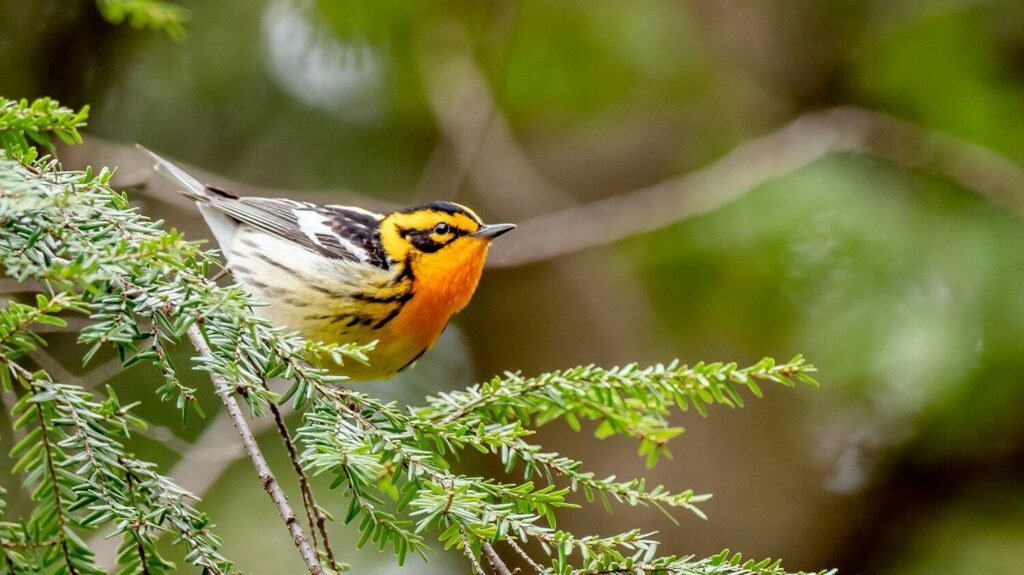
One of the primary reasons for the disappearance of colorful birds during certain months is seasonal migration. Many of North America’s most vibrantly colored species—including warblers, tanagers, orioles, and hummingbirds—are neotropical migrants that travel thousands of miles to Central and South America as temperatures drop. These birds have evolved to follow food sources, particularly insects that become scarce during colder months in northern latitudes. The timing of these migrations varies by species but generally occurs between August and October in the Northern Hemisphere. While it might seem like all colorful birds have vanished, they’re actually undertaking one of nature’s most impressive journeys, navigating by stars, landmarks, and even Earth’s magnetic field to reach their wintering grounds.
Plumage Changes and Molt Cycles
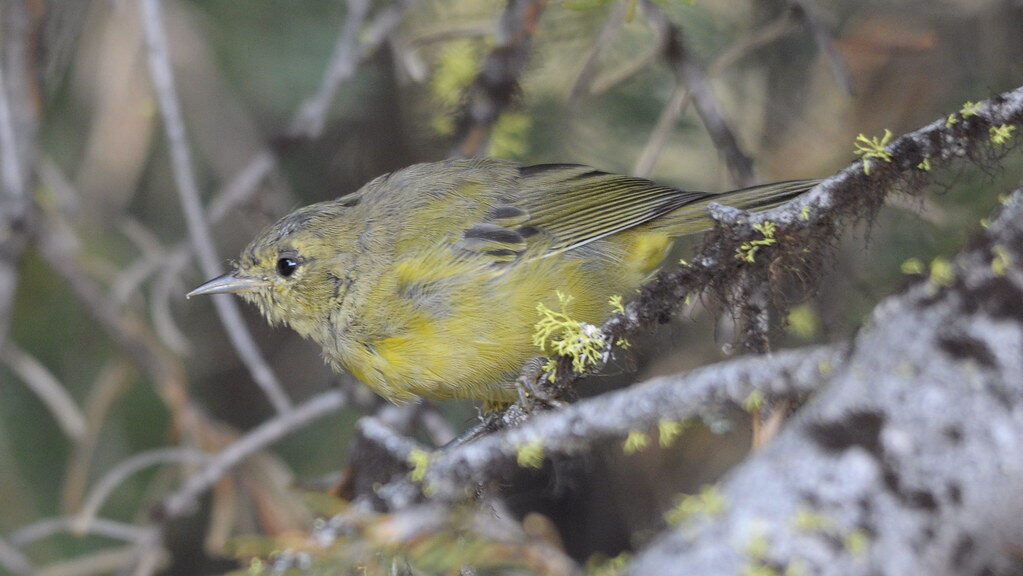
Even birds that don’t migrate often undergo significant appearance changes as seasons shift. Many species experience a process called molting, where they replace their bright breeding plumage with duller feathers for winter. This dramatic transformation is particularly noticeable in birds like goldfinches, which trade their brilliant yellow summer coats for a more subdued olive-brown winter appearance. Male birds especially tend to develop more vibrant colors during breeding season to attract mates, then revert to less conspicuous plumage afterward. This evolutionary adaptation helps birds conserve energy and blend into winter landscapes when bright colors no longer serve a reproductive purpose. The molting process requires considerable energy, which explains why some birds become less active and visible during this transition period.
Changes in Feeding Behavior
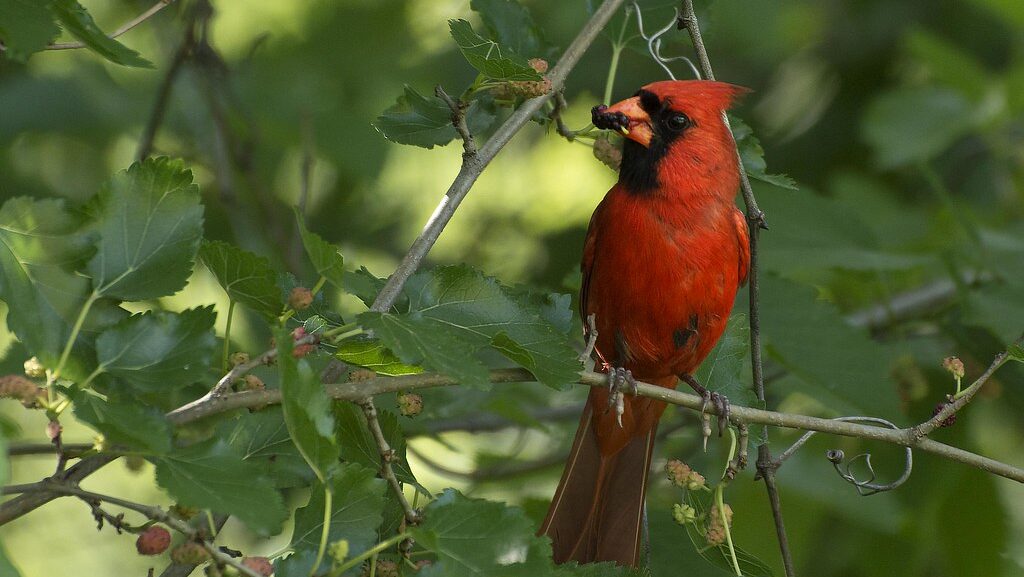
The apparent disappearance of colorful birds often coincides with shifts in their feeding patterns and preferences. As natural food sources change with the seasons, birds adapt their foraging strategies accordingly. Many insect-eating birds must switch to berries, seeds, and whatever protein sources remain available when their preferred prey becomes scarce. This dietary transition can lead birds to forage in different locations than where you typically observed them during summer months. For instance, birds that previously hunted insects in open areas might move deeper into forests or thickets where berries are abundant. These behavioral adaptations mean birds are still present but have simply relocated to areas where food is more plentiful during the challenging pre-winter period.
Increased Camouflage Needs
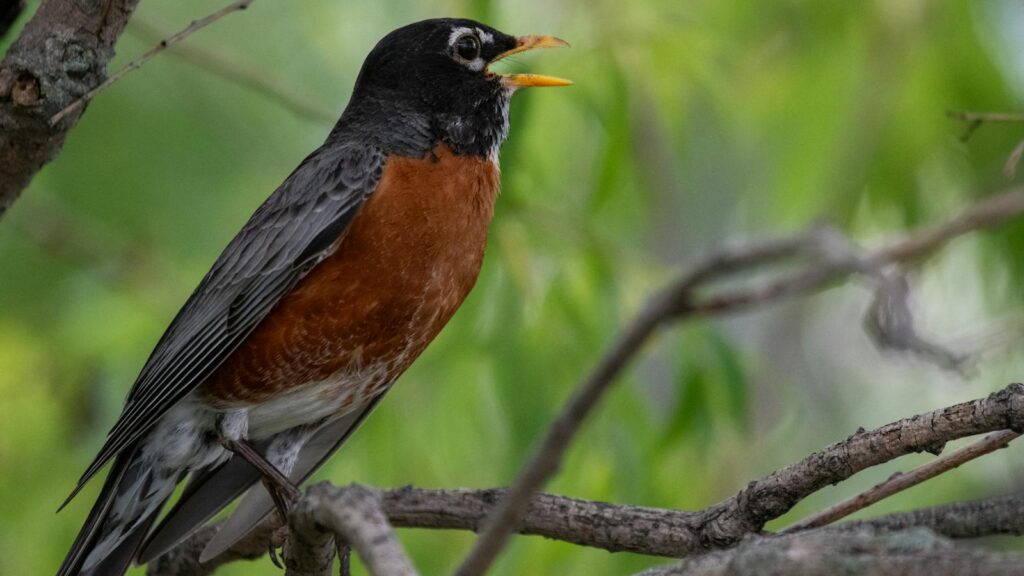
The reduced visibility of colorful birds during fall and winter months partially stems from their increased need for camouflage. As deciduous trees lose their leaves and landscapes become more barren, bright plumage can make birds dangerously conspicuous to predators. Many species instinctively become more secretive and spend more time in protected, covered areas rather than exposing themselves in open spaces. This behavioral adaptation is crucial for survival when natural cover is reduced. Predators like hawks and falcons have excellent vision and can spot colorful prey more easily against winter’s muted backdrop. The birds haven’t necessarily left your area—they’ve simply become more cautious and strategically hidden as part of their survival strategy.
Changing Weather Conditions
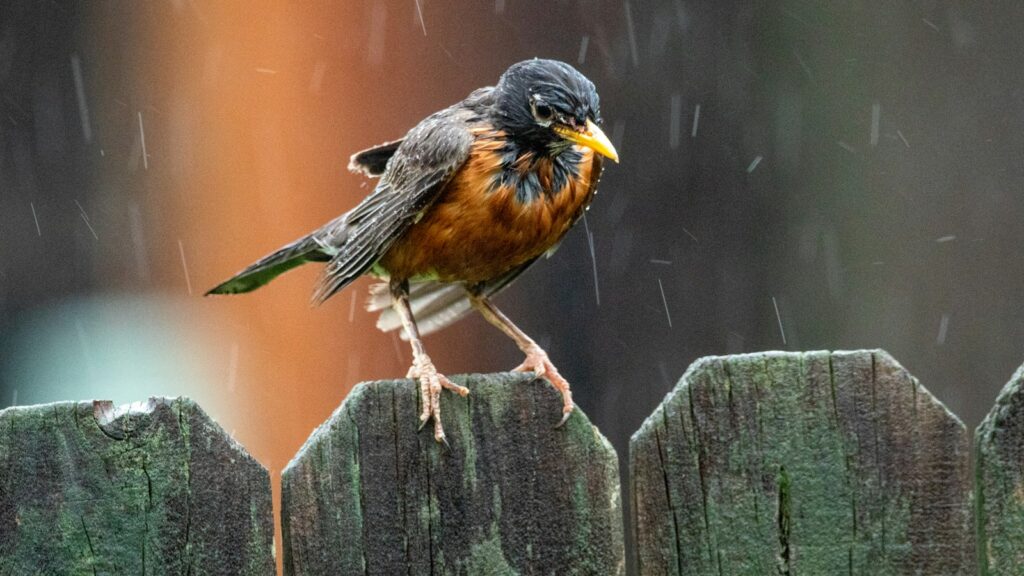
Weather patterns significantly impact bird activity and visibility throughout the year. During colder months, birds conserve energy by reducing unnecessary movement, especially during harsh weather events. Storms, high winds, and precipitation can drive birds to seek shelter, making them less visible to human observers. Additionally, many birds become less vocal outside of breeding season, reducing the auditory cues that might help you locate them. Birds also tend to be most active during dawn and dusk in colder months, times when human observers might be less likely to be outdoors watching for them. These weather-related behavioral adaptations mean that even resident colorful species may seem to have disappeared when they’re actually just laying low until conditions improve.
Flock Composition Changes
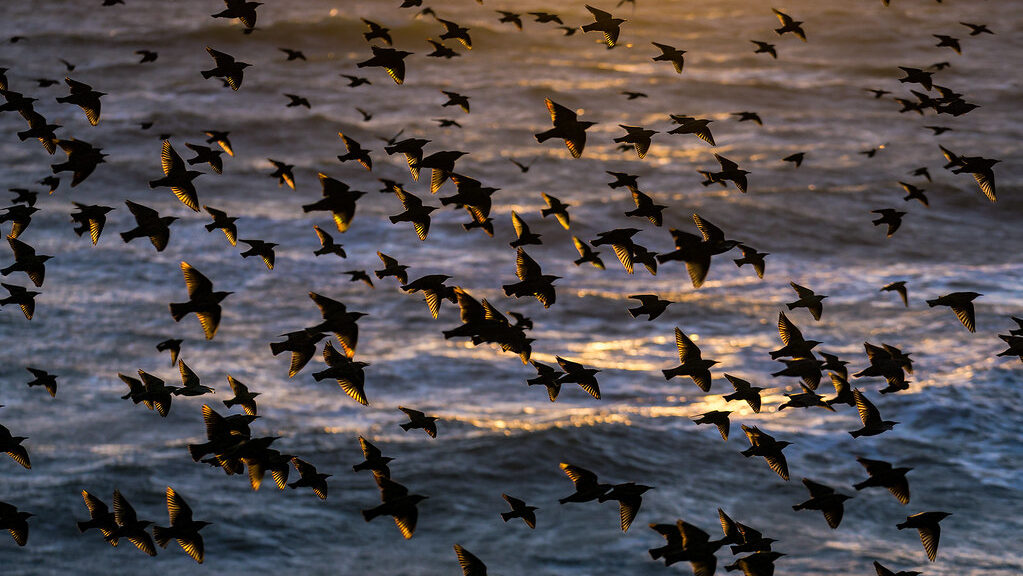
The social structure of bird communities undergoes significant transformation as seasons change. Many species that maintain individual territories during breeding season shift to form mixed-species flocks in fall and winter. These diverse groupings often contain both colorful and drab-colored birds moving together through the landscape. However, the less colorful species may be more numerous or visible within these flocks, creating the impression that colorful birds are absent. This flocking behavior provides safety in numbers and improves foraging efficiency during challenging months. Observing these mixed flocks requires patience and attention to detail, as the colorful members might be fewer in number or moving quickly within the larger group.
Habitat Shifts and Range Changes
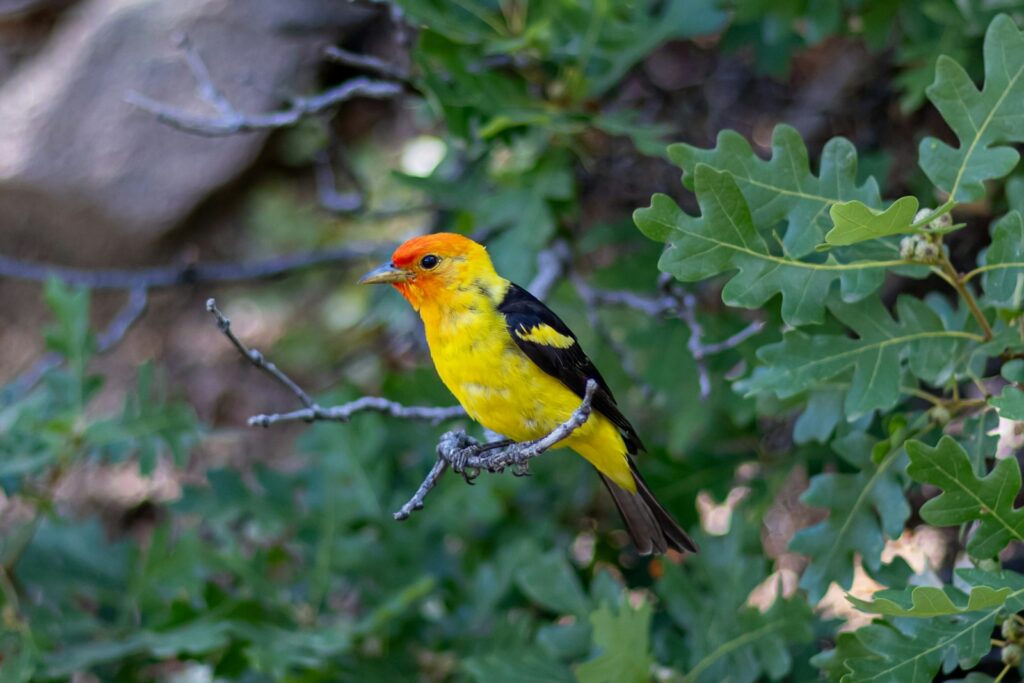
Many bird species undergo subtle habitat shifts within their range during different seasons, even if they don’t migrate long distances. Birds that spent spring and summer in open meadows might move to forest edges or riparian corridors as seasons change. These localized movements follow food availability and shelter needs but can make familiar species seem to have disappeared from their usual haunts. Some birds also exhibit altitudinal migration, moving from higher elevations to lower valleys as temperatures drop. These vertical movements might take birds out of areas where they were previously common observers. Understanding these nuanced range shifts can help bird watchers know where to look for their colorful favorites during different seasons.
Reduced Daylight Hours
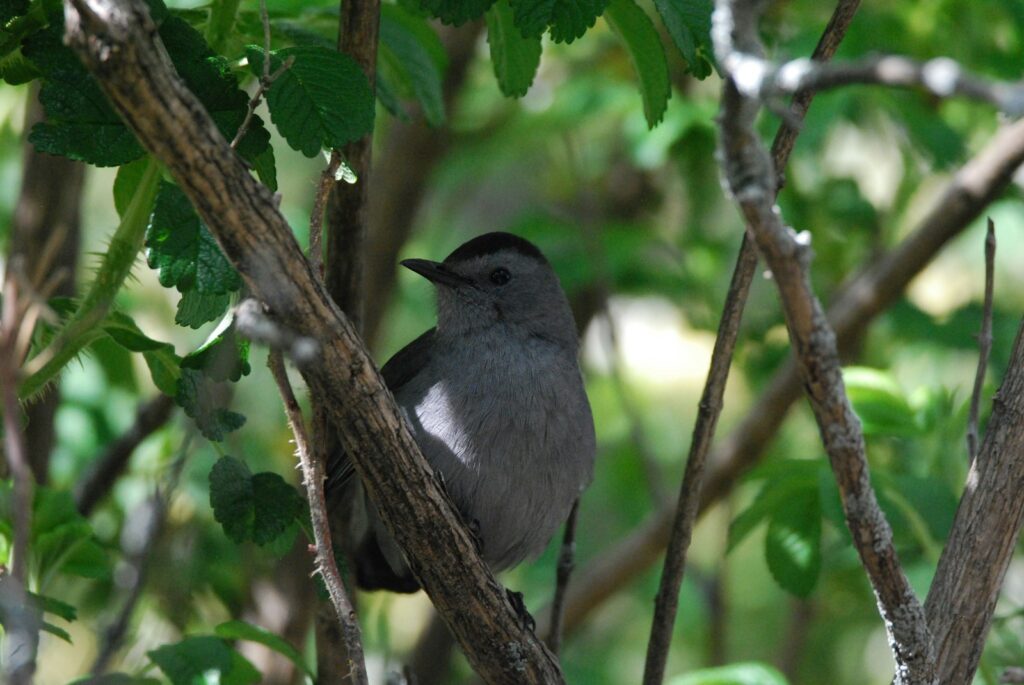
The shortened daylight period during fall and winter months significantly impacts when and how often you might encounter colorful birds. With fewer hours of light available, birds must concentrate their feeding activities into a compressed timeframe. This often means they’re most active during early morning and late afternoon when many people are commuting, working, or otherwise occupied indoors. The reduced daylight also means birds spend more time roosting or sheltering, particularly during midday when they might conserve energy rather than actively feeding or flying. This schedule mismatch between human observation hours and peak bird activity creates the impression that birds have vanished when they’re actually just operating on a different timetable than during the longer days of summer.
Competition at Feeders
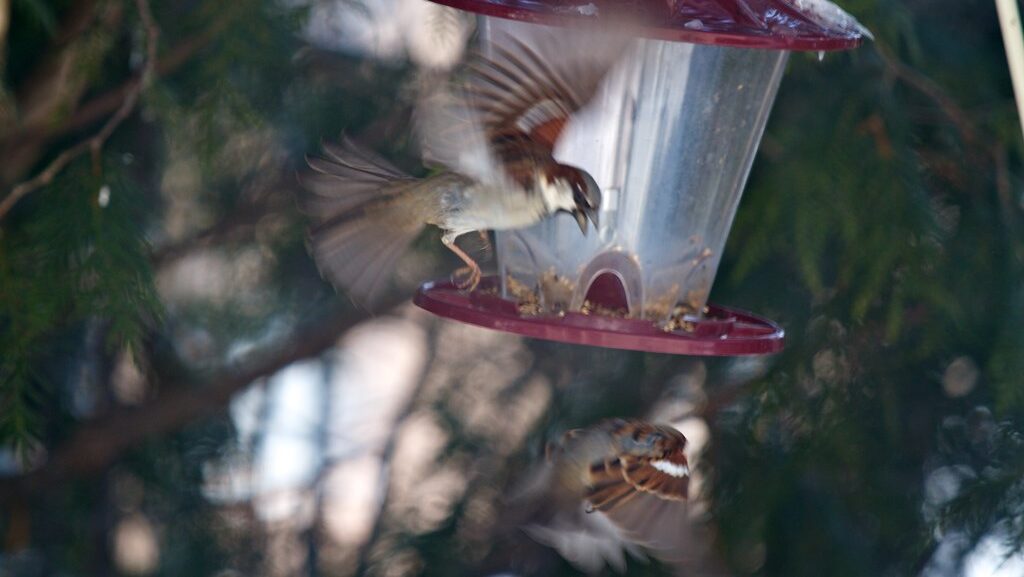
Bird feeder dynamics change dramatically as seasons shift, which can affect which species you’re likely to see. Dominant winter birds like chickadees, nuthatches, and woodpeckers may monopolize feeders, pushing more colorful but less aggressive species away from these food sources. Additionally, the types of food most commonly offered at feeders during colder months (like black oil sunflower seeds) might not attract the same colorful species that visited during summer. Hummingbird feeders are typically removed as fall progresses in northern areas, eliminating sightings of these jewel-toned visitors. Adjusting your feeding strategy by offering a variety of foods and feeder types can help attract whatever colorful species remain in your area through the colder months.
Regional Differences in Bird Populations
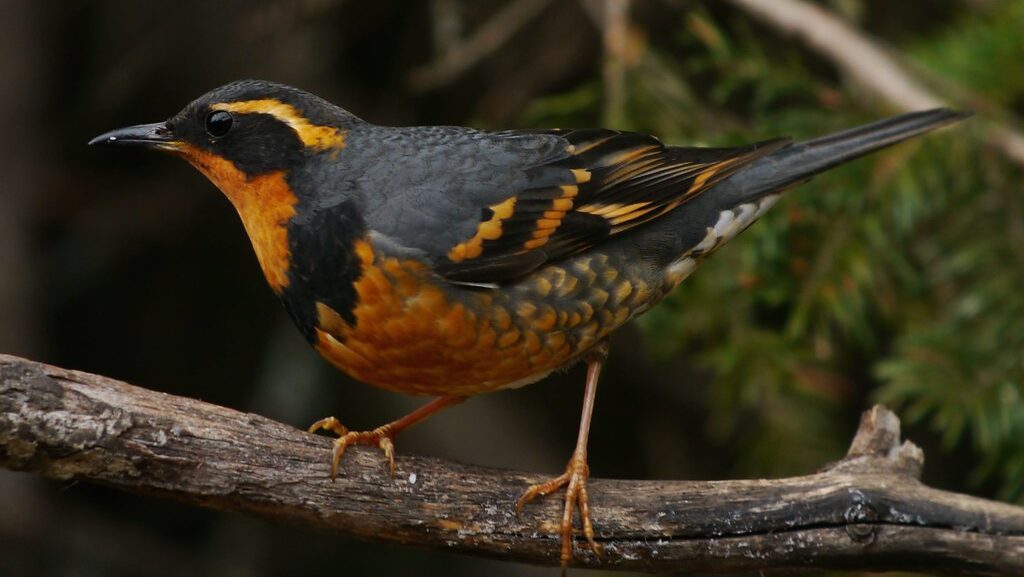
The seasonal presence of colorful birds varies dramatically by geographic region. Southern states and coastal areas often retain more colorful species year-round than northern inland regions, which experience more dramatic seasonal shifts in bird populations. Understanding your local ornithological patterns can help set realistic expectations about which colorful species might remain through fall and winter. In the Pacific Northwest, for example, Varied Thrushes with their orange and slate coloration appear in valleys during winter, actually increasing colorful bird sightings for some observers. Meanwhile, parts of the Desert Southwest see an influx of colorful migrants from further north during winter months. These regional differences mean the “disappearance” of colorful birds is not a universal phenomenon but rather highly dependent on your specific location.
The Human Perception Factor
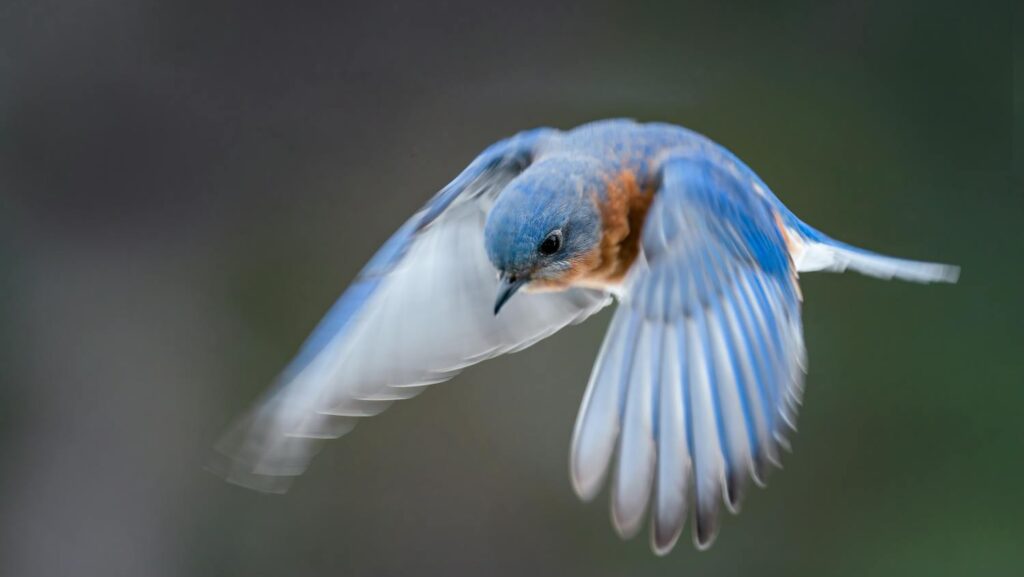
Our perception of bird abundance is heavily influenced by psychological factors that can create false impressions about their presence or absence. During summer months, when people typically spend more time outdoors, the chances of noticing colorful birds naturally increase. As outdoor activities decline with cooler weather, observation opportunities decrease correspondingly. Additionally, the human eye is naturally drawn to bright colors against summer’s green backdrop, making colorful birds more noticeable even when they’re present in the same numbers as less vibrant species. This combination of reduced outdoor time and selective attention creates a perception bias that can exaggerate the apparent seasonal decline in colorful bird populations. Maintaining consistent observation practices throughout the year can help correct this perceptual distortion.
How to Find Colorful Birds During Off-Seasons
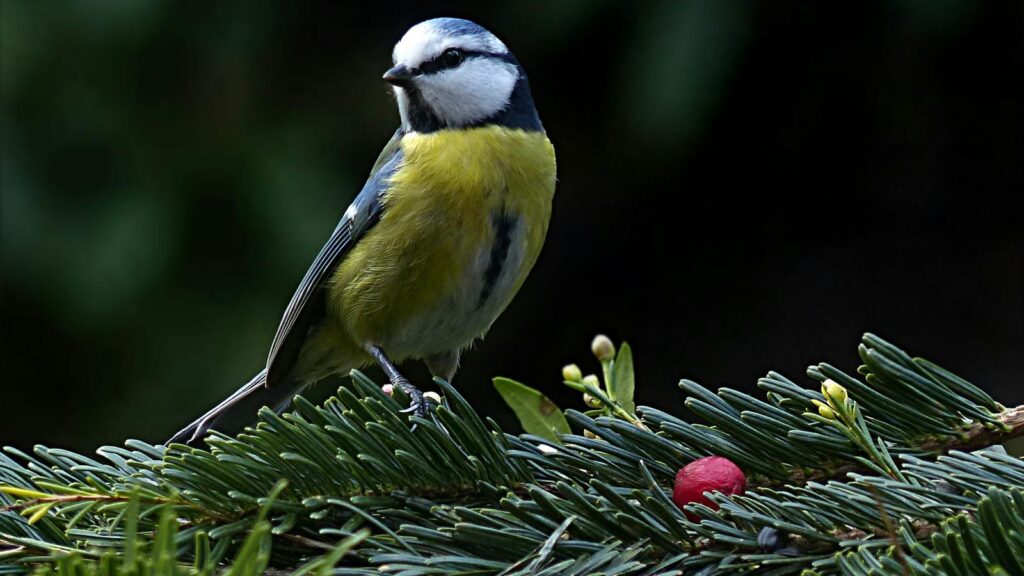
Despite the seasonal challenges, dedicated bird enthusiasts can still find colorful species with some strategic adjustments to their observation techniques. Targeting specific habitats like berry-producing shrubs, sheltered valleys, and south-facing slopes can increase your chances of spotting colorful residents and hardy migrants. Expanding your birding schedule to include early morning hours, when birds are most active despite the cold, can reveal species that remain hidden during midday. Using resources like eBird and local Audubon reports can help identify recent sightings of colorful species in your region. Additionally, learning to appreciate the subtle beauty of winter plumage and focusing on behavior rather than just color can transform the seemingly “birdless” months into a rewarding observation period with its own unique characteristics and pleasures.
Conclusion
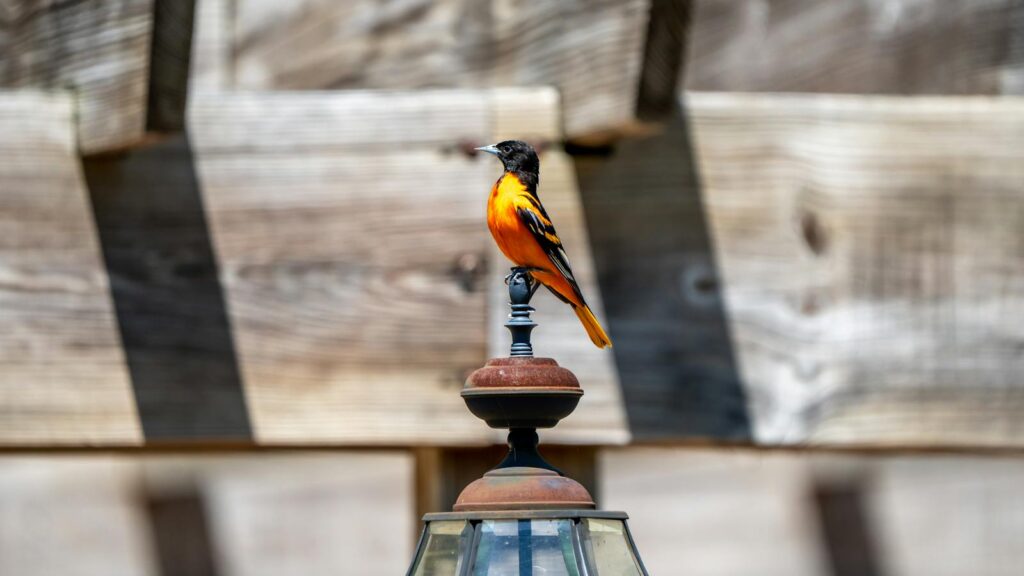
The seasonal ebb and flow of colorful birds represents one of nature’s most dependable rhythms. Rather than disappearing entirely, these vibrant creatures are responding to ancient biological imperatives that have ensured their survival for millennia. By understanding the complex factors behind their apparent absence—from migration and molting to behavior changes and human perception—we gain deeper insight into the sophisticated adaptations that allow birds to thrive in changing conditions. This knowledge not only enhances our appreciation of the birds we do see during different seasons but also builds anticipation for the inevitable return of color to our skies when the cycle begins anew. The temporary absence of colorful birds isn’t a loss but rather a pause in nature’s ongoing spectacle—one that makes their eventual return all the more spectacular.
